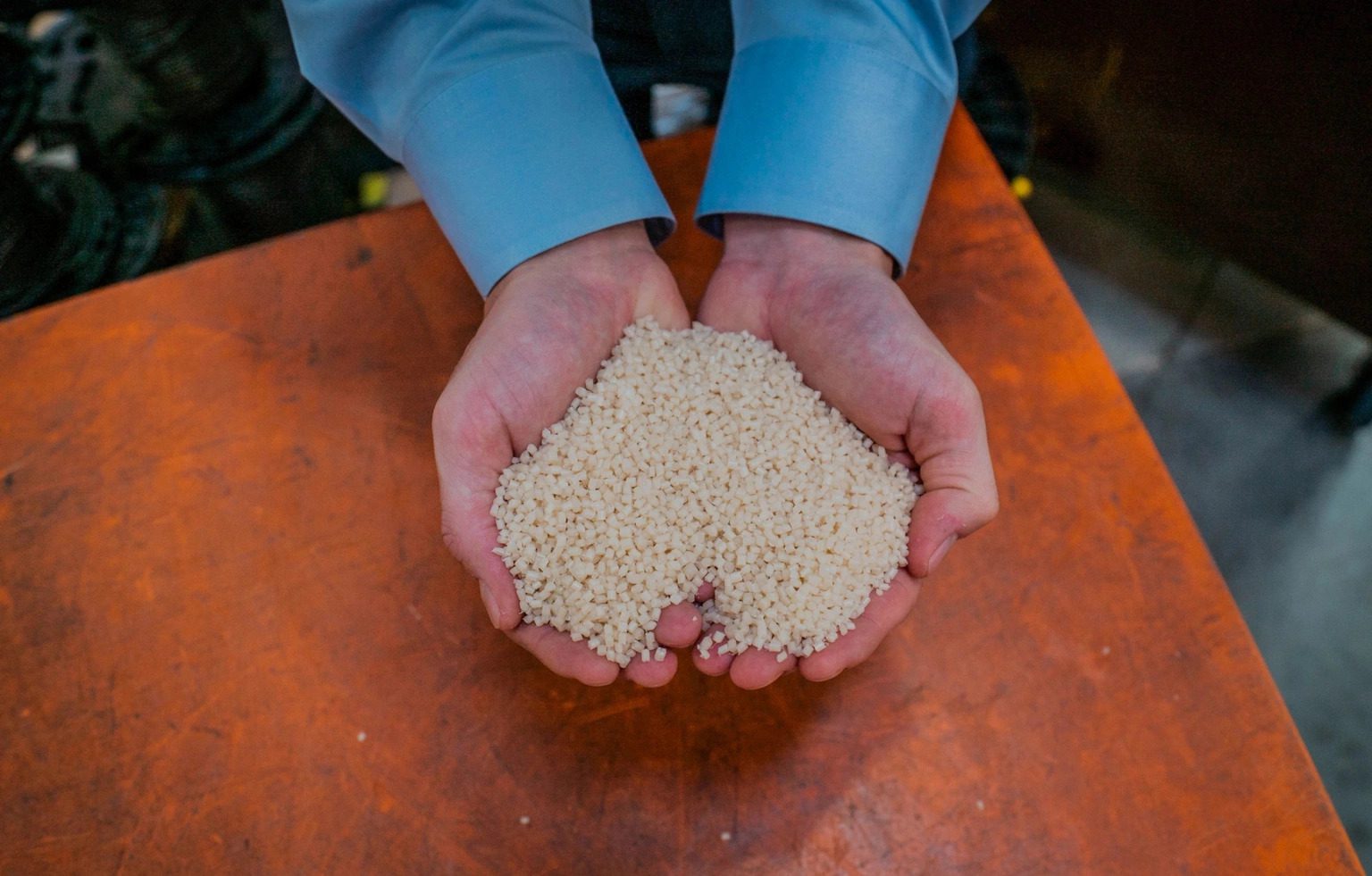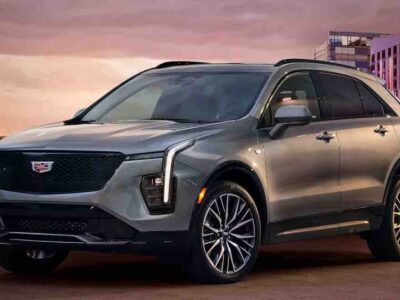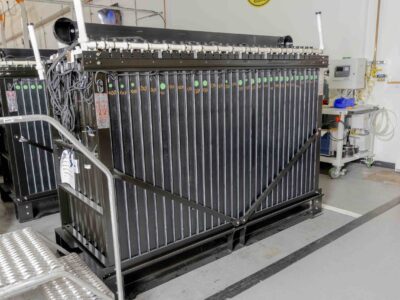Among the many wonders of nature is its ability to turn a negative into a positive. Examples range from the body’s self-healing properties to how trees remove carbon monoxide from the atmosphere to improve air quality.
Newlight Technologies has spent the last couple of decades looking into the role nature can play in combating climate change based on the idea that “nature’s heartbeat is carbon negative.” The company eventually devised a way to reverse climate change and plastic pollution by turning air and greenhouse gas (GHG) into its flagship product, AirCarbon.

AirCarbon is a form of polyhydroxybutyrate (PHB), malleable, biodegradable, and carbon-negative plastic. Newlight uses natural ocean microorganisms to make it from a combination of air and GHG. The product has already been used to produce more than 50 million items — from straws and shipping bags to sunglasses, wallets, and chairs.
Newlight was founded in 2003 by entrepreneurs Mark Herrema and Kenton Kimmel, who serve as CEO and chief technology officer, respectively. It bills itself as the first company to directly transform greenhouse gases into PHB at a commercial scale. The firm has raised more than $106 million to expand its business and boasts a client list that includes high-profile names such as Sysco, Disney, Shake Shack, US Foods, Sumitomo, H&M, and Nike.
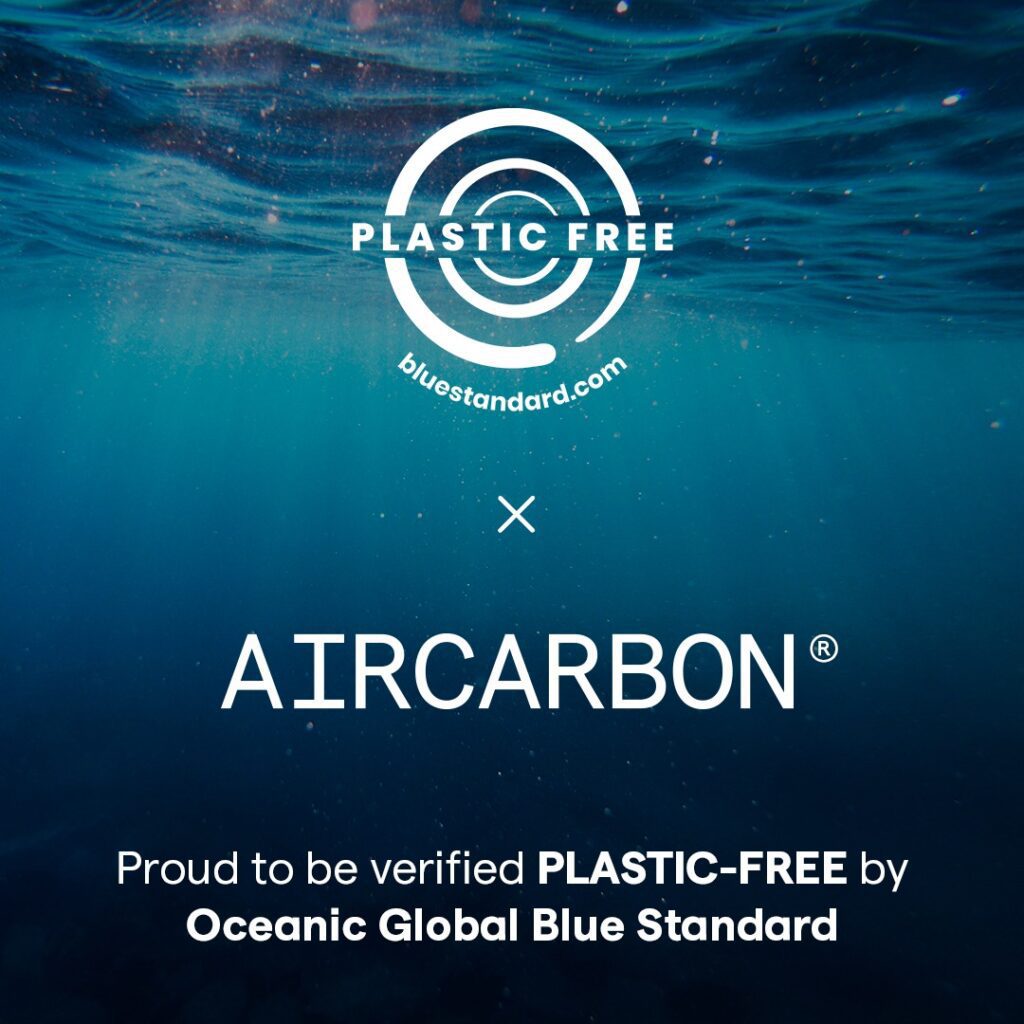
Newlight’s first fully integrated commercial-scale manufacturing plant, Eagle 3, is located at the company’s headquarters in Huntington Beach, CA. The plant started delivering products in early 2021.
Last year, the company announced a 15-year deal to build a new commercial AirCarbon facility in Ohio that will allow it to manufacture hundreds of millions more products.
Newlight partnered with Long Ridge Energy Terminal on the Ohio plant called Aircarbon-Ohio. Under the terms of the deal, Long Ridge will lease land and sell energy and gas to the company. In addition, a subsidiary of Fortress Transportation and Infrastructure Investors — one of Long Ridge’s parent companies — agreed to invest 25% of the project costs, or up to $75 million, in return for a cut of the profits.
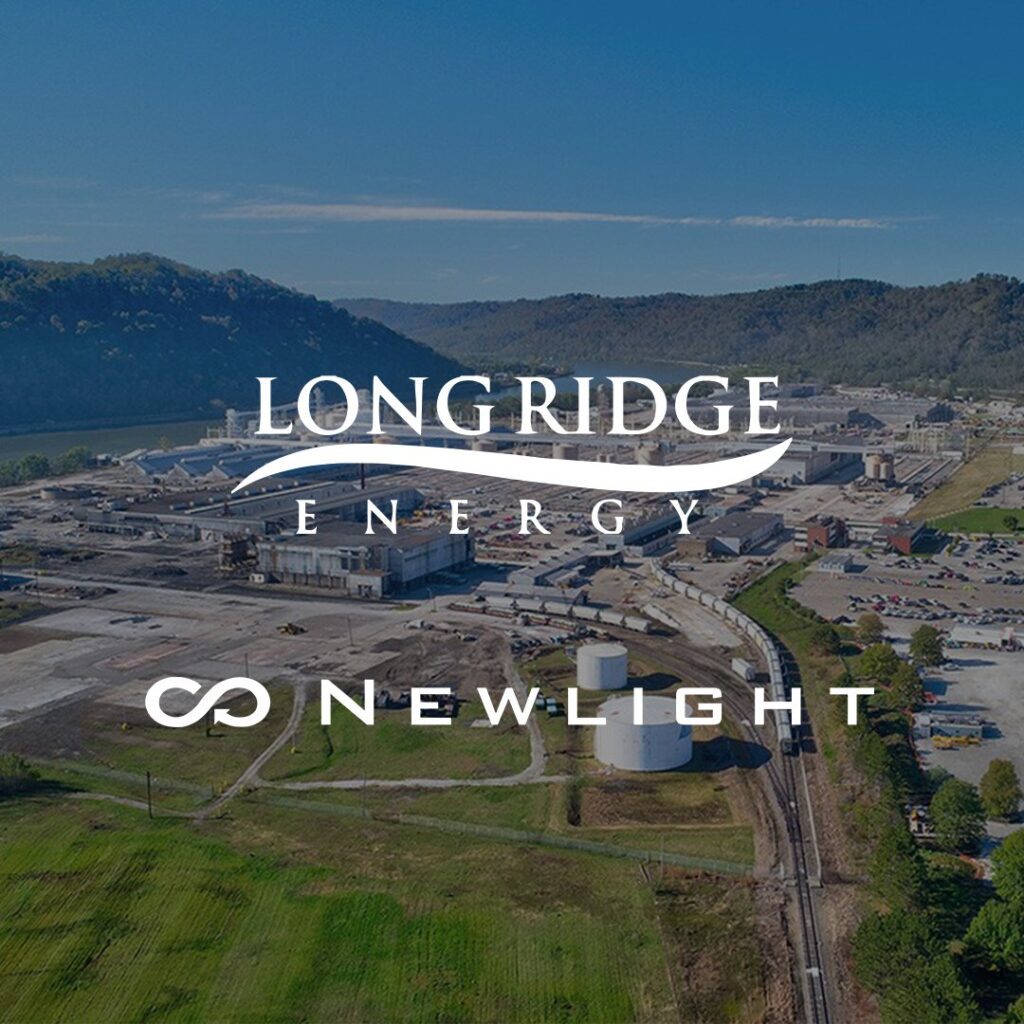
“Plastic pollution and climate change are the critical environmental challenges of our time, but in order to solve those challenges, we need to find a scalable middle ground of performance and sustainability,” Herrema said. “Through Aircarbon-Ohio, our aim is to establish one of the largest carbon capture manufacturing hubs in the world, showing that we can harness greenhouse gas as a resource to help improve the environment while creating long-term jobs and economic value.”
Through a separate agreement between Pittsburgh-based CNX Resources and Newlight, CNX will gather and process captured methane from third-party industrial activity typically released into the atmosphere as pollution. Instead, the firm will deliver the methane to Newlight to support the production of AirCarbon at its Ohio facility.
“If you can use greenhouse gas as a resource to make useful products, then you can create a market-driven, consumer-driven solution to this challenge,” Herrema said. “The potential scalability of that concept — where we’re not talking about subsidization or taxation, but in fact just commercial manufacturing — was immensely compelling to us.”
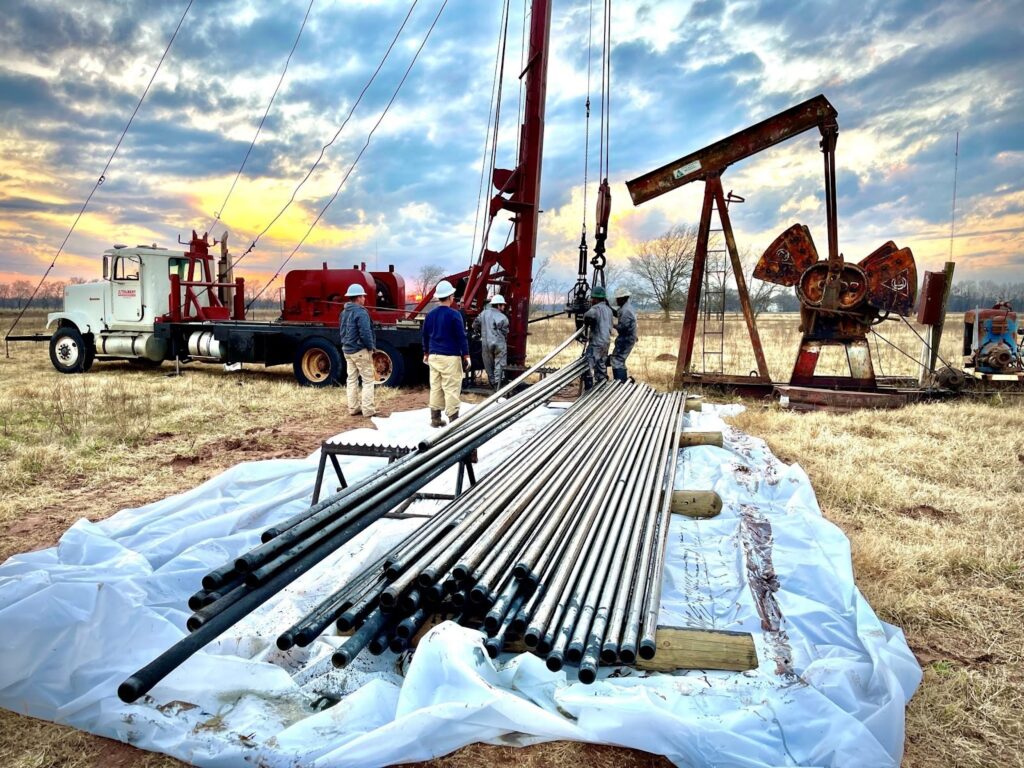
AirCarbon products are made using renewable energy, one reason they are certified carbon negative by SCS Global Services and Carbon Trust, both of which measure footprints.
The main downside is that when products created from GHG are composted or broken down, they turn back into GHG. Most environmentalists prefer to capture and permanently store it deep into the ground.
But for now, the kind of technology used by Newlight is considered a good solution, at least until the cost of locking carbon underground becomes more commercially viable.
“If I can put the carbon away for 50 years now and say I’ll have to put it away a second time, and that time I’ll do it permanently, that may be a much better approach than waiting for people to be able to do permanent sequestration at the necessary scale right away,” said Klaus Lackner, Arizona State University professor. “I think these biological options are actually exceedingly useful. We just shouldn’t kid ourselves that they are permanent.”

